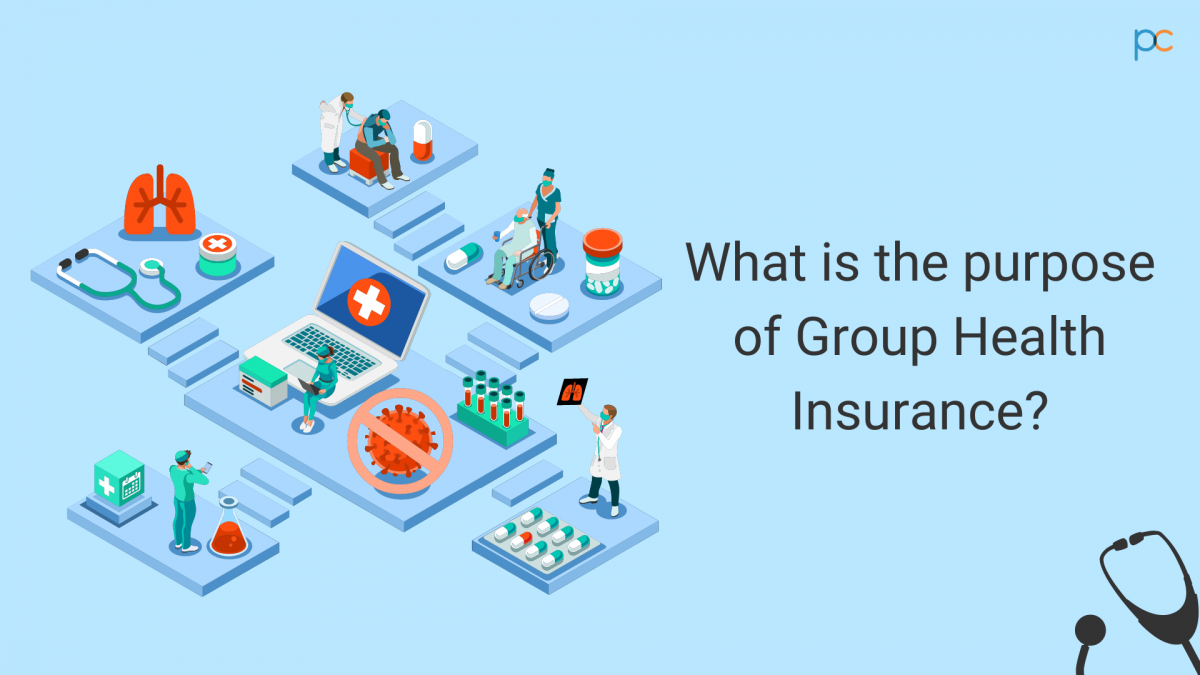All about Pacific Prime
All about Pacific Prime
Blog Article
The Facts About Pacific Prime Uncovered
Table of Contents10 Easy Facts About Pacific Prime DescribedLittle Known Facts About Pacific Prime.About Pacific PrimeWhat Does Pacific Prime Do?Excitement About Pacific Prime

This is because the information were collected for a period of solid financial efficiency. Of the approximated 42 million people that were uninsured, almost about 420,000 (regarding 1 percent) were under 65 years old, the age at which most Americans become eligible for Medicare; 32 million were adults in between ages 18 and 65, around 19 percent of all adults in this age; and 10 million were kids under 18 years old, concerning 13.9 percent of all youngsters (Mills, 2000).
These quotes of the variety of persons without insurance are produced from the yearly March Supplement to the Existing Populace Survey (CPS), performed by the Demographics Bureau. Unless or else noted, national price quotes of individuals without medical insurance and percentages of the populace with different type of protection are based upon the CPS, one of the most extensively made use of resource of price quotes of insurance coverage and uninsurance rates.
The Pacific Prime Statements

Still, the CPS is specifically valuable due to the fact that it creates annual estimates reasonably promptly, reporting the previous year's insurance policy coverage estimates each September, and since it is the basis for a consistent collection of price quotes for more than two decades, permitting analysis of trends in insurance coverage gradually. For these reasons, as well as the extensive usage of the CPS in other researches of insurance policy coverage that exist in this report, we count on CPS quotes, with limitations kept in mind.

The estimate of the variety of uninsured individuals expands when a populace's insurance coverage condition is tracked for several years. Over a three-year duration beginning early in 1993, 72 million people, 29 percent of the united state population, were without insurance coverage for at the very least one month. Within a single year (1994 ), 53 million individuals experienced a minimum of a month without insurance coverage (Bennefield, 1998a)
6 out of every ten without insurance adults are themselves employed. Functioning does enhance the possibility that one and one's household members will have insurance policy, it is not an assurance. Even participants of households with 2 permanent breadwinner have almost a one-in-ten opportunity of being uninsured (9.1 percent without insurance price) (Hoffman and Pohl, 2000).
Our Pacific Prime Statements
New immigrants account for a significant percentage of people without health and wellness insurance policy. One evaluation has associated a considerable section of the current development in the size of the U.S. uninsured population to immigrants who arrived in the country between 1994 and 1998 (Camarota and Edwards, 2000). Recent immigrants (those who pertained to the USA within the previous 4 years) do have a high price of being without insurance (46 percent), yet they and their youngsters account for just 6 percent of those without insurance coverage country wide (Holahan et al., 2001).
The connection in between health and wellness insurance policy and accessibility to care is well developed, as recorded later on in this chapter. Although the partnership in between wellness insurance policy and wellness end results is neither straight nor easy, a considerable professional and wellness solutions research study literary works web links health and wellness insurance protection to enhanced accessibility to care, better quality, and improved individual and populace health and wellness condition.
Levels of analysis for examining the results of uninsurance. This discussion of medical insurance coverage concentrates primarily on the united state population under age 65 because basically all Americans 65 and older have Medicare or other public insurance coverage. It focuses particularly on those without any health and wellness insurance for any type of size of time.
The Greatest Guide To Pacific Prime
The troubles dealt with by the underinsured are in some areas similar to those faced by the without insurance, although they are normally less extreme. Health and wellness insurance, nonetheless, is neither needed nor Recommended Site enough to get access to clinical services. The independent and straight effect of wellness insurance protection on access to wellness services is well developed.
Others will get the healthcare they need also without health insurance policy, by paying for it expense or seeking it from suppliers who use care complimentary or at highly subsidized prices. For still others, medical insurance alone does not make certain receipt of treatment as a result of other nonfinancial obstacles, such as a lack of health and wellness treatment companies in their area, limited accessibility to transport, illiteracy, or linguistic and social distinctions.
The Facts About Pacific Prime Uncovered
Formal research regarding without insurance populaces in the USA dates to the late 1920s and very early 1930s when the Board on the Price of Healthcare created a collection of records concerning funding physician workplace visits and hospital stays. This concern became prominent as the varieties of medically indigent climbed up during the Great Clinical depression.
Report this page